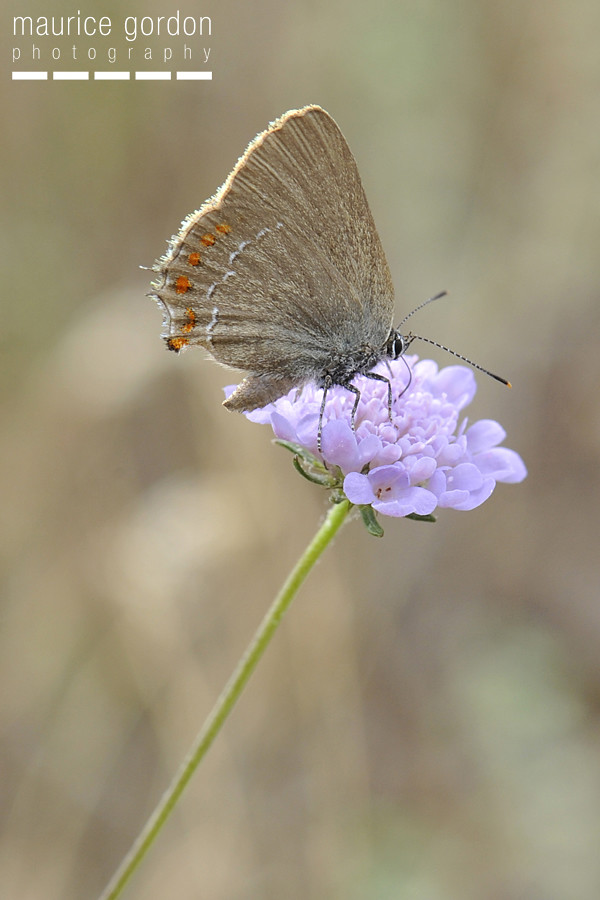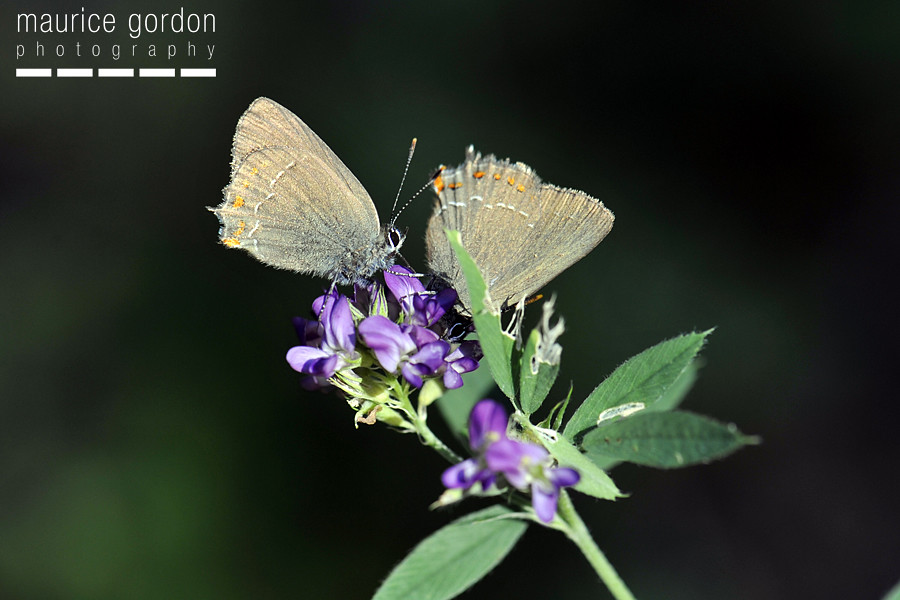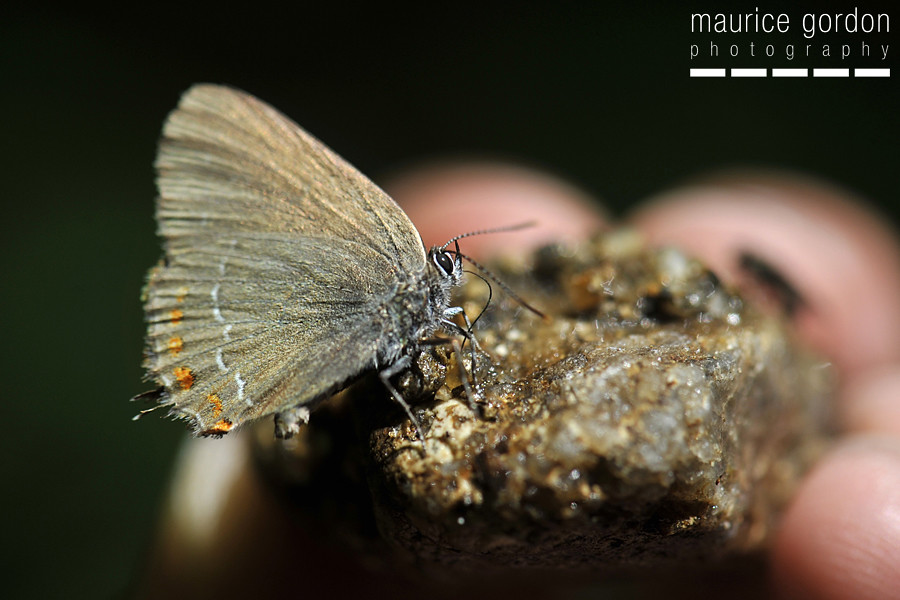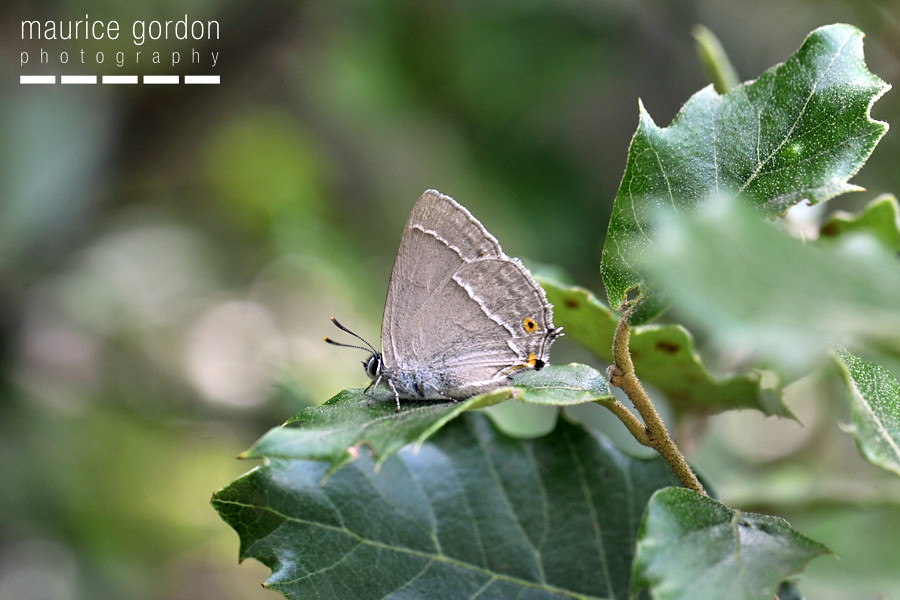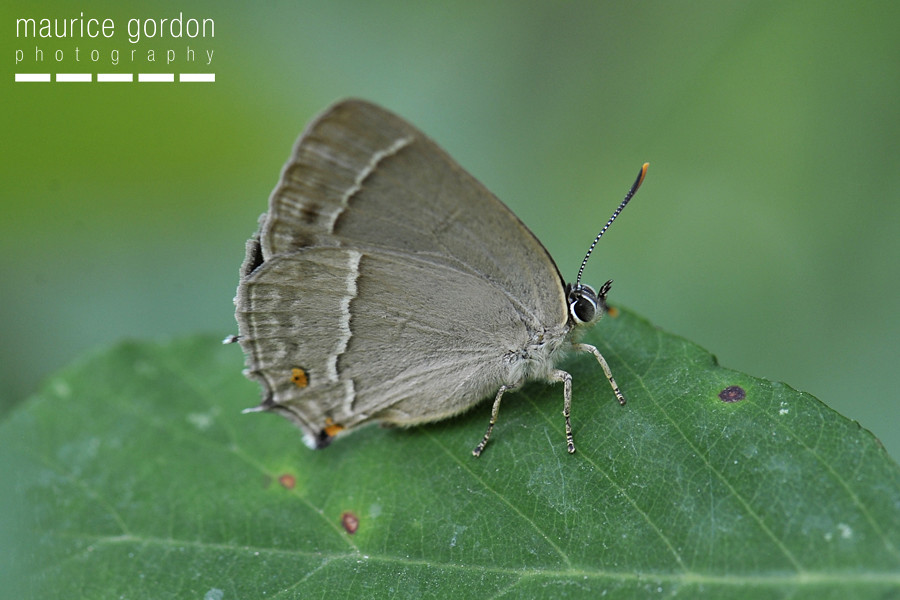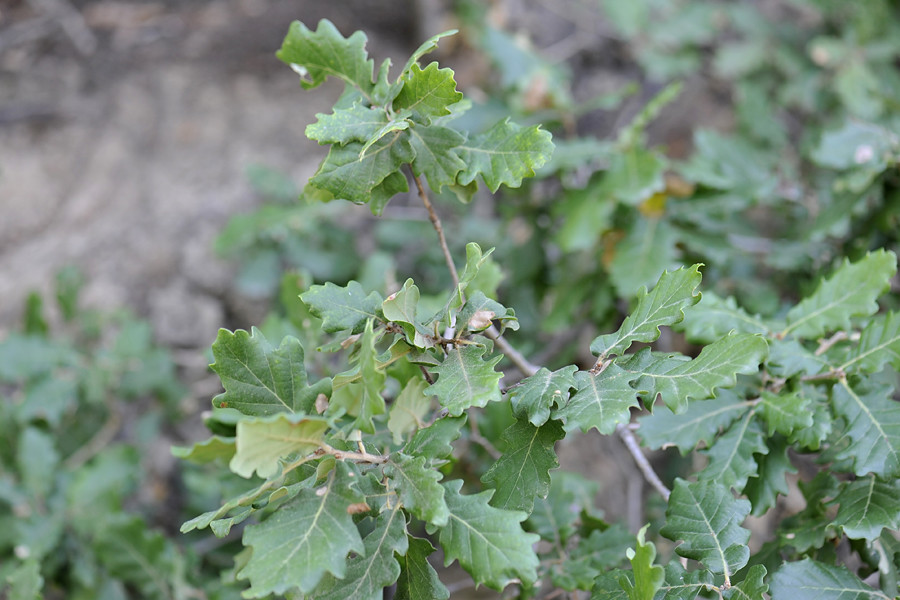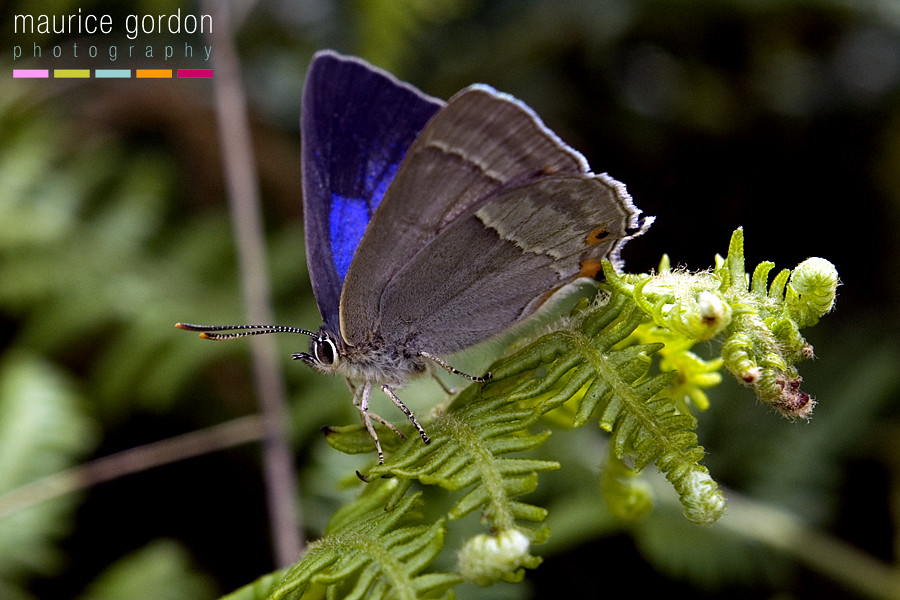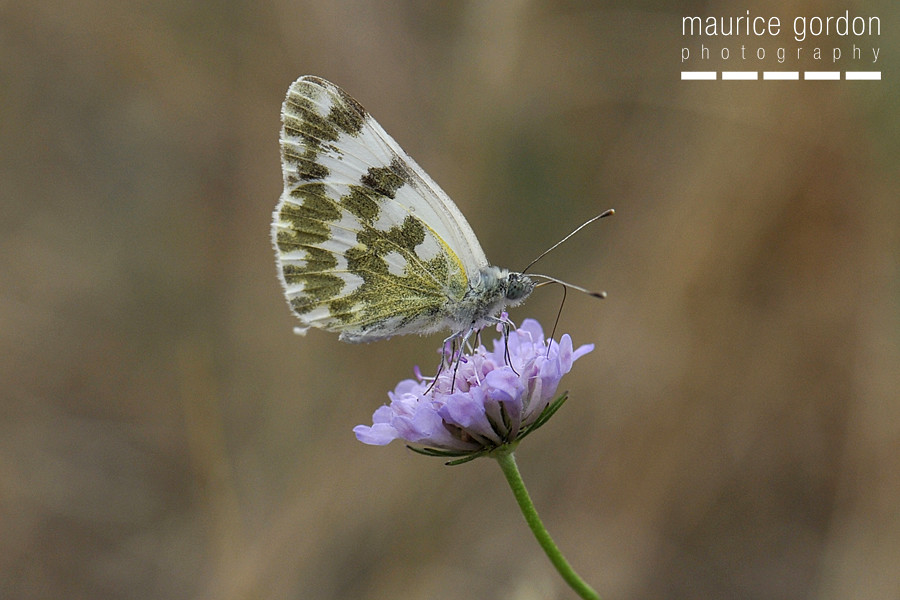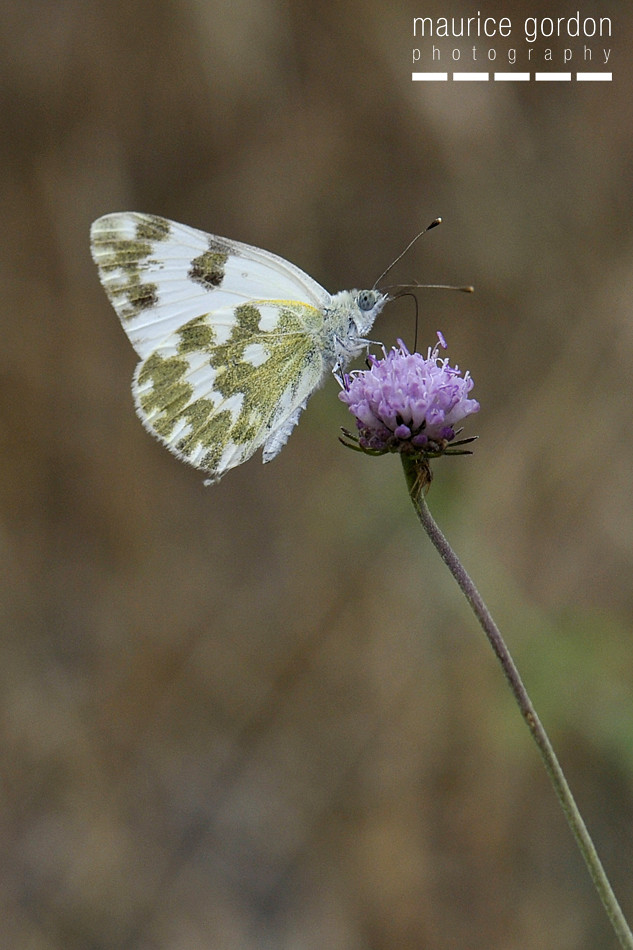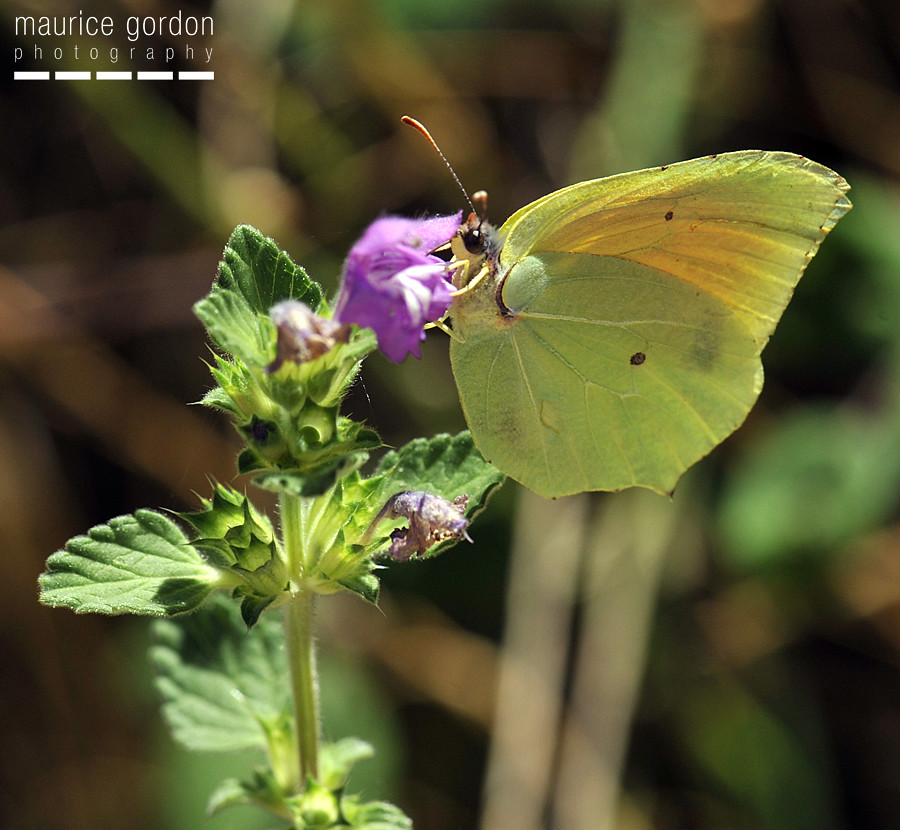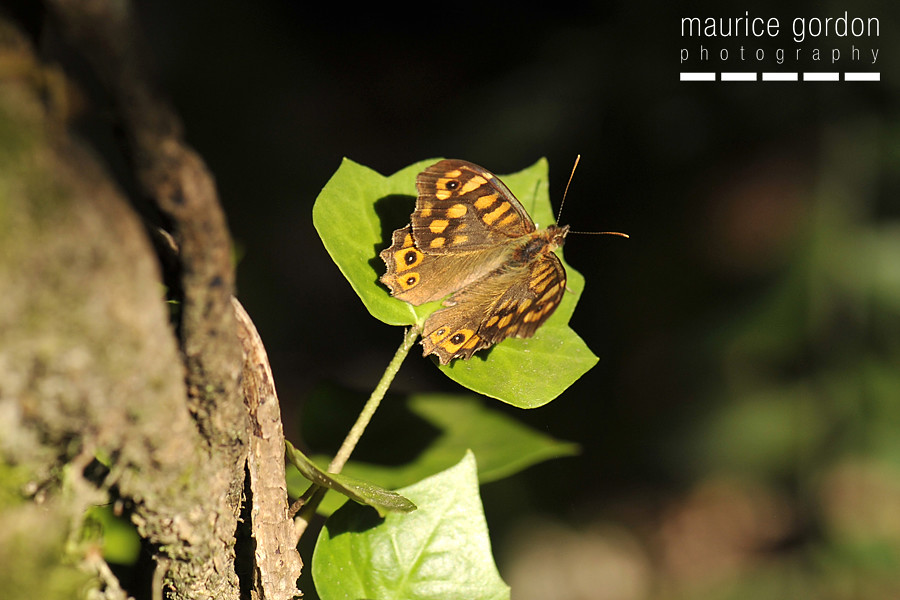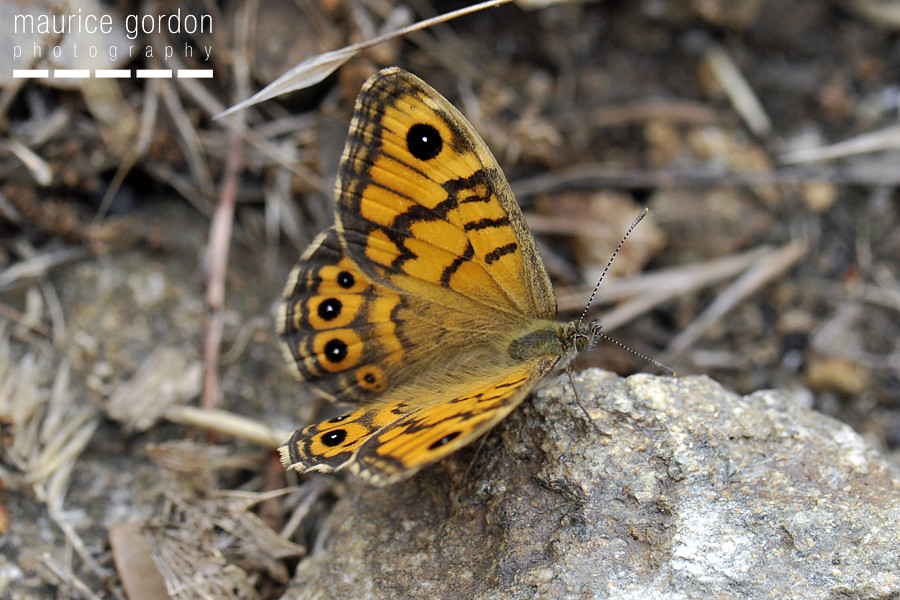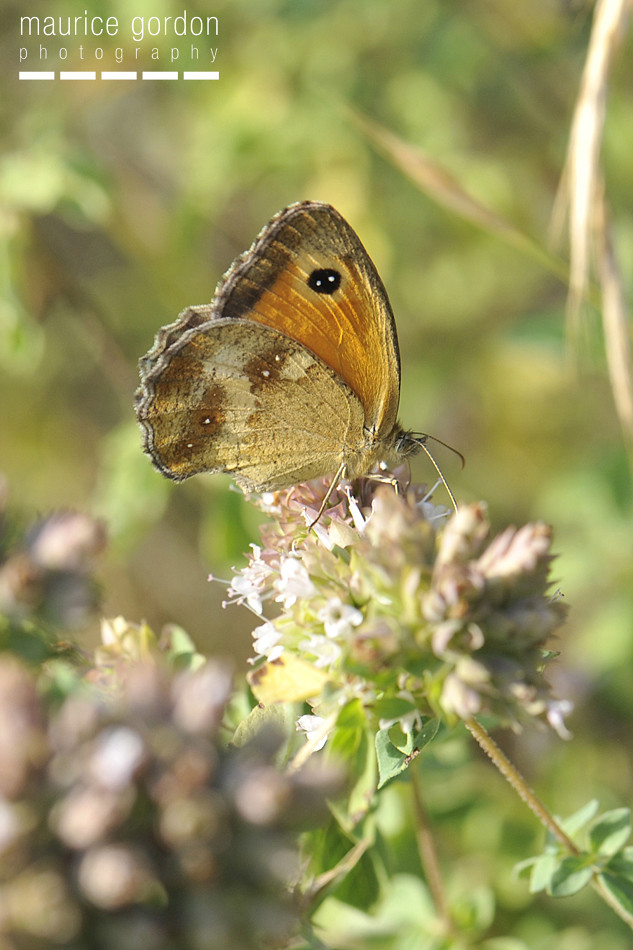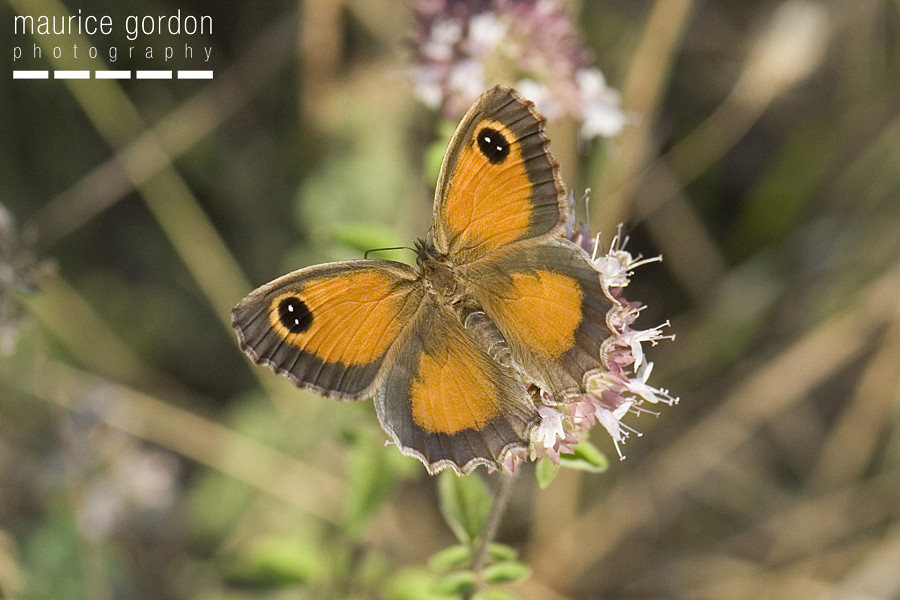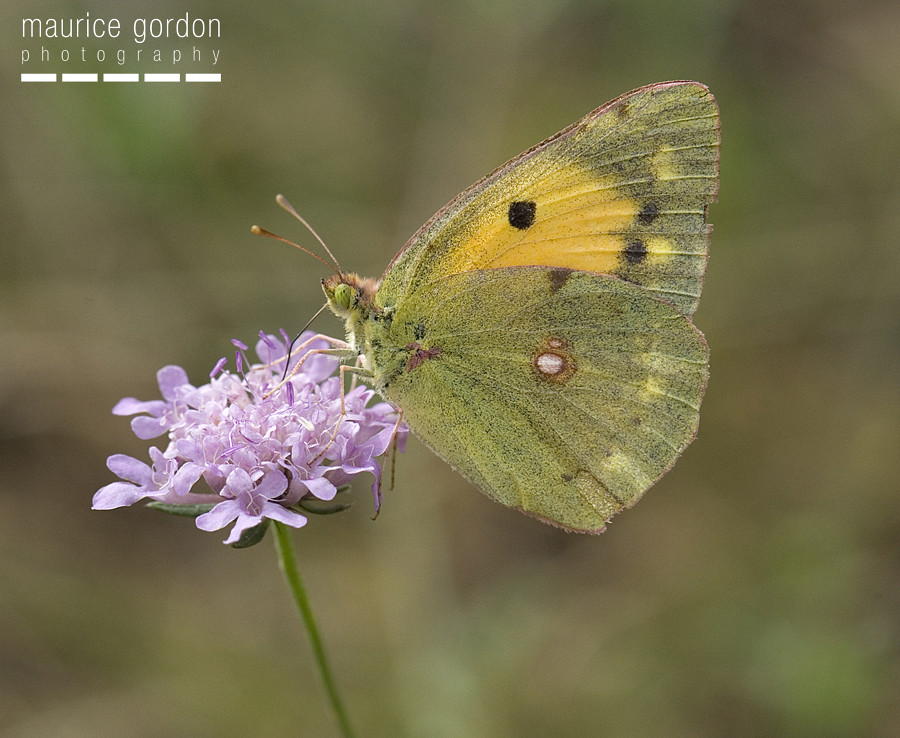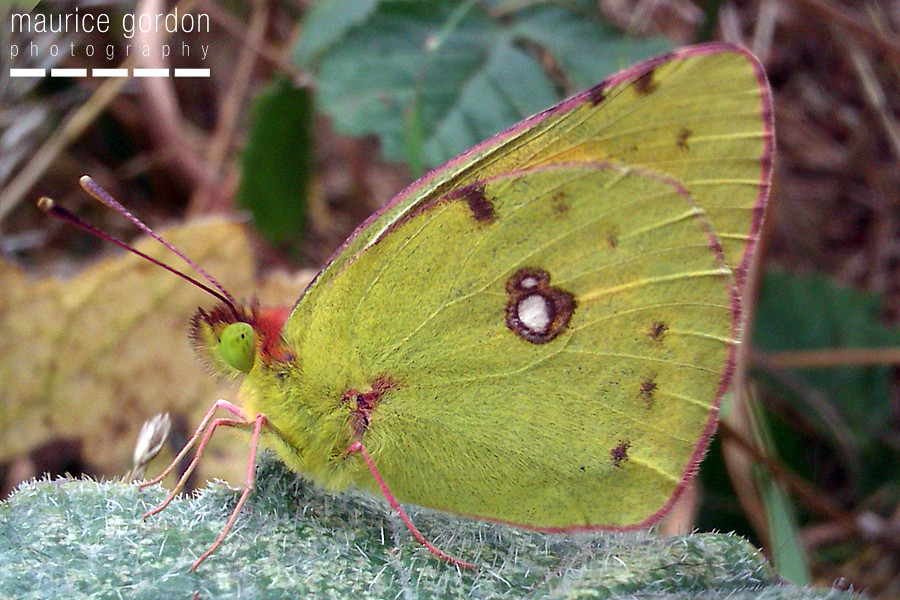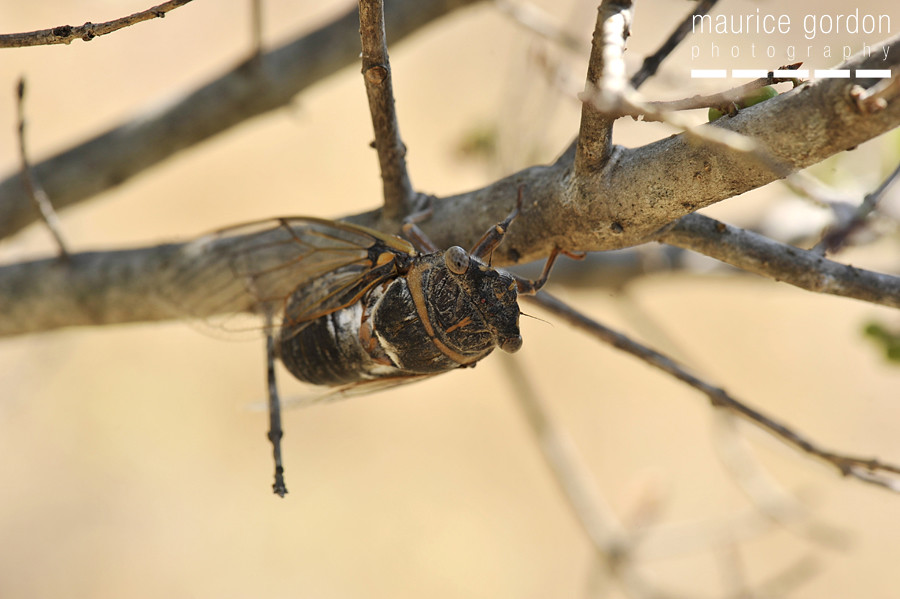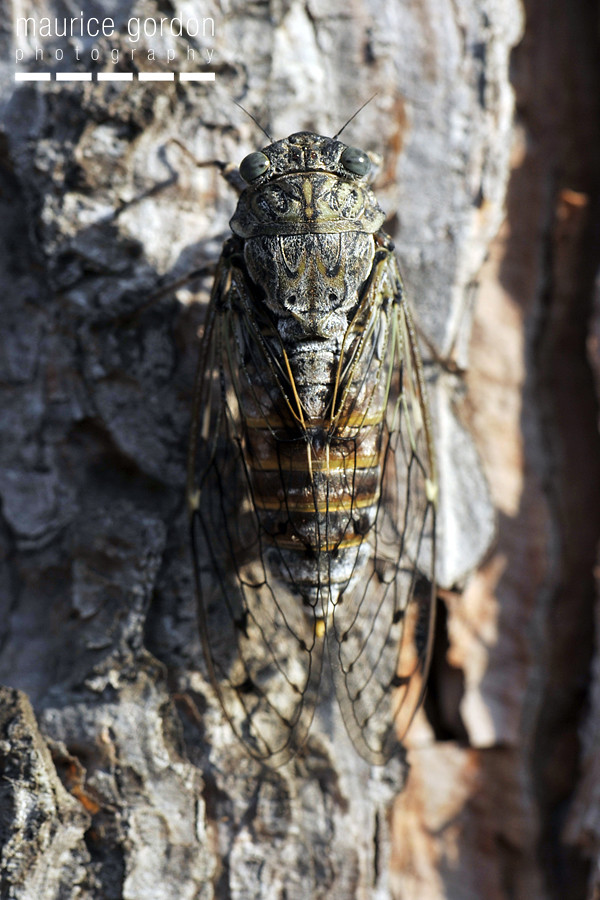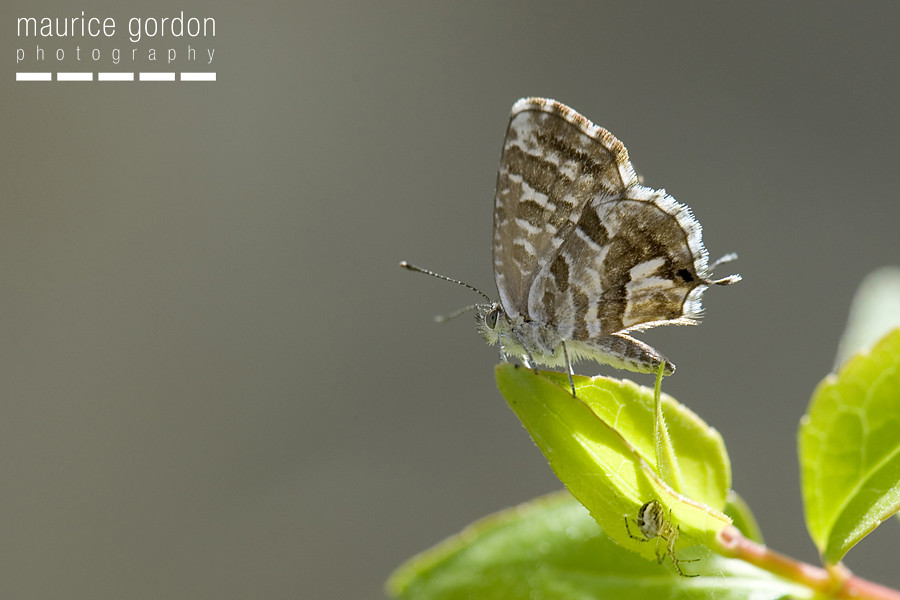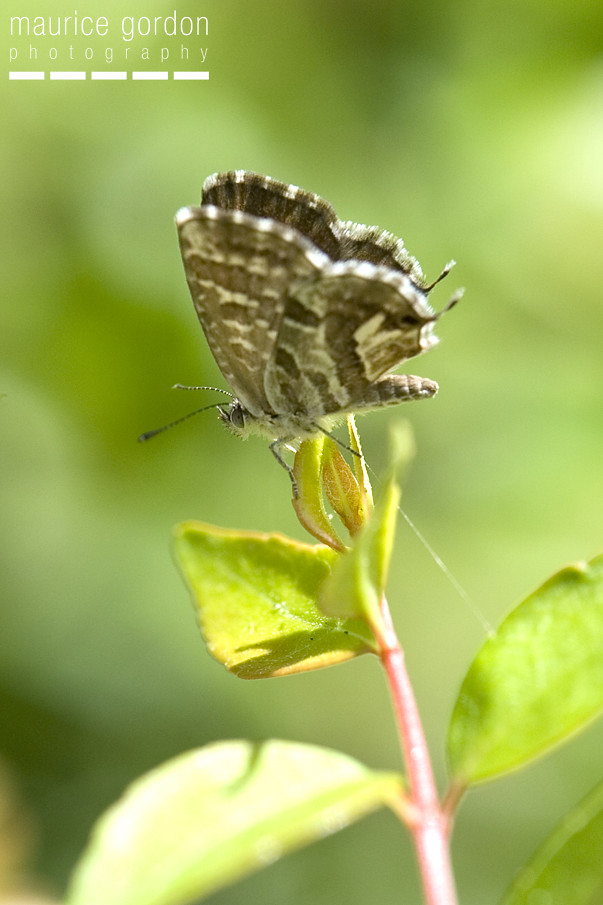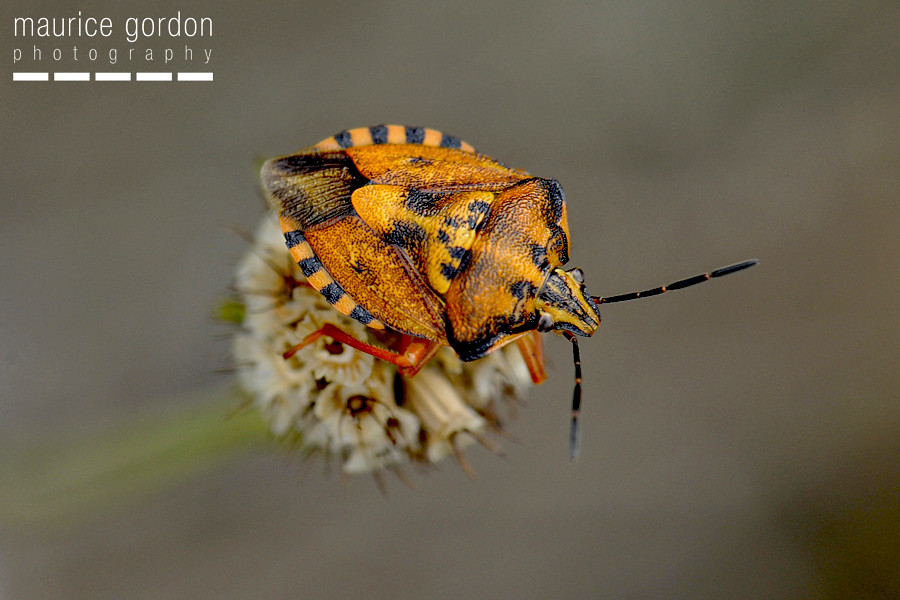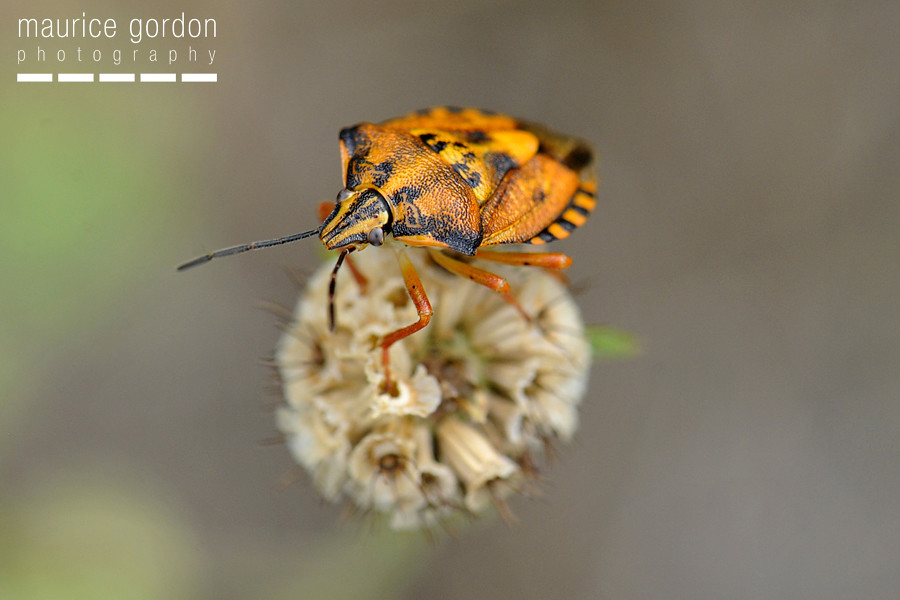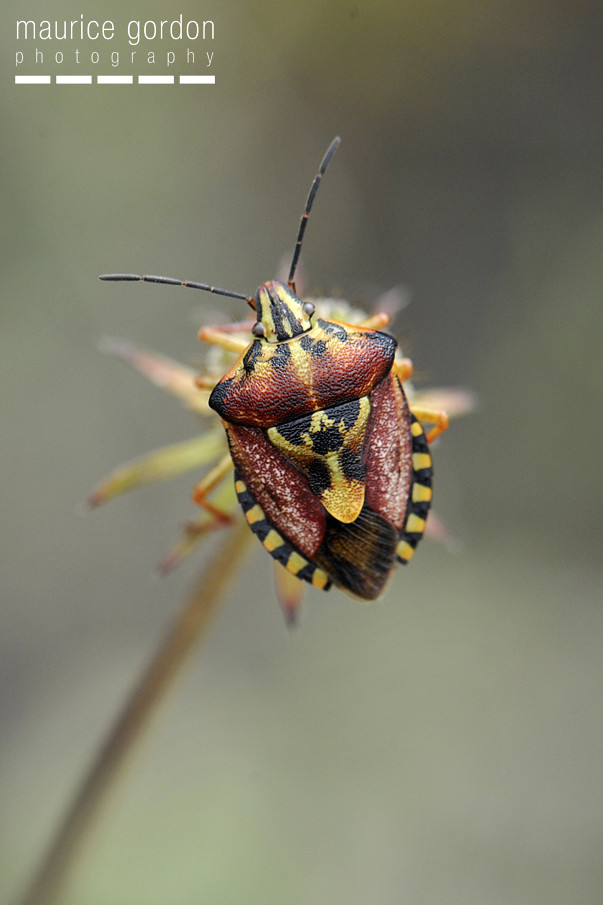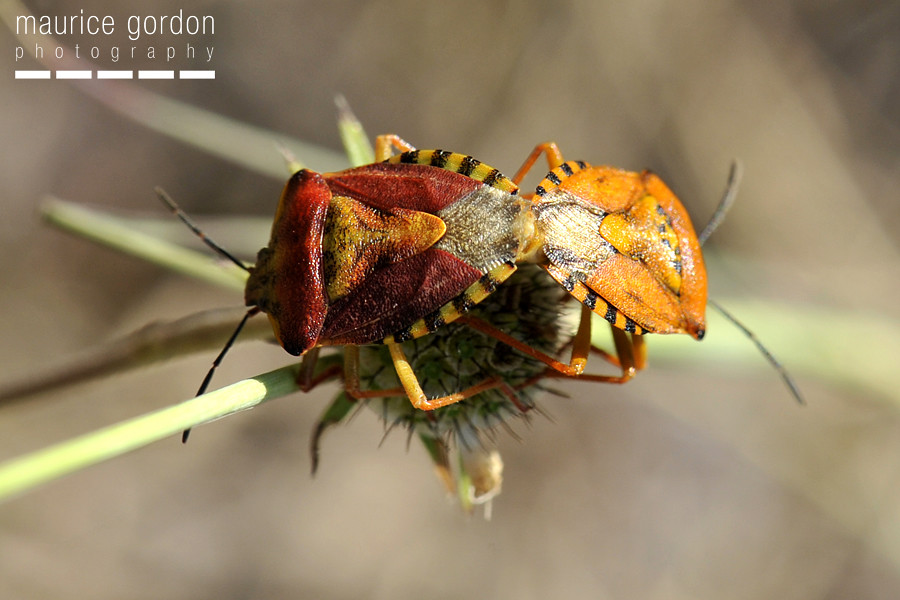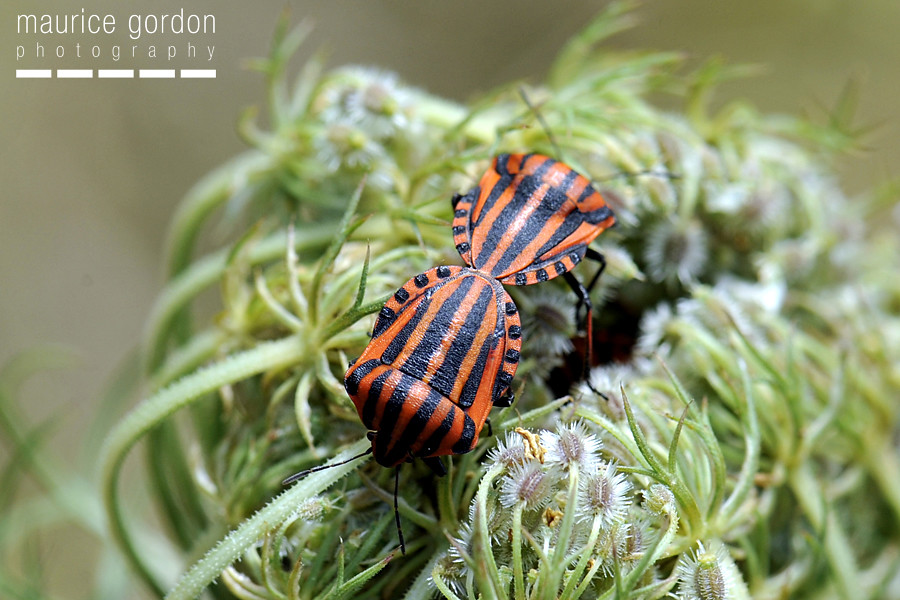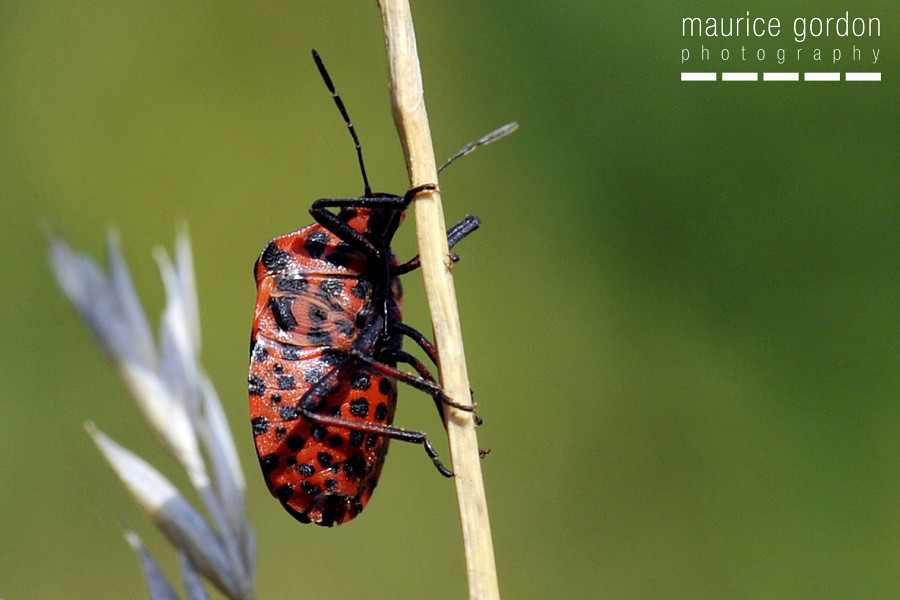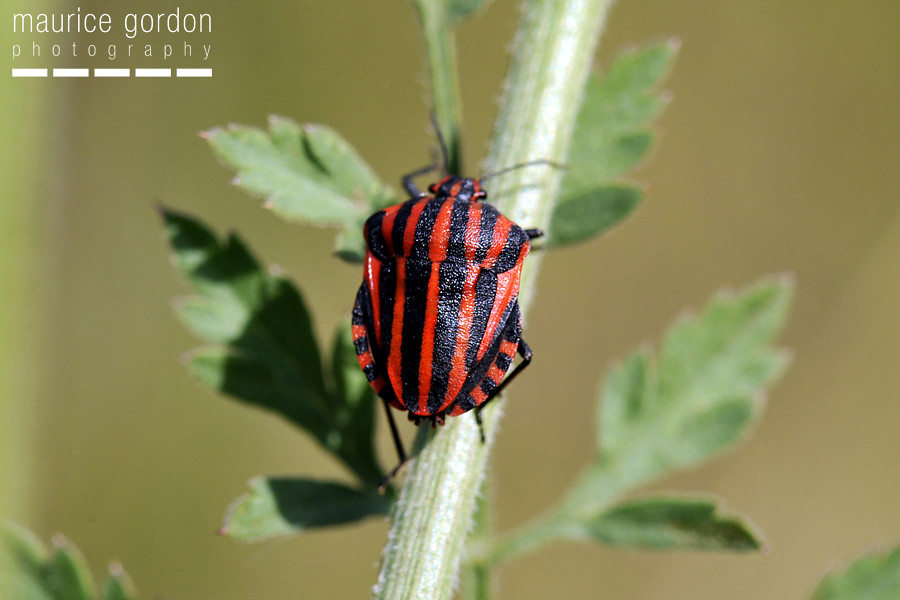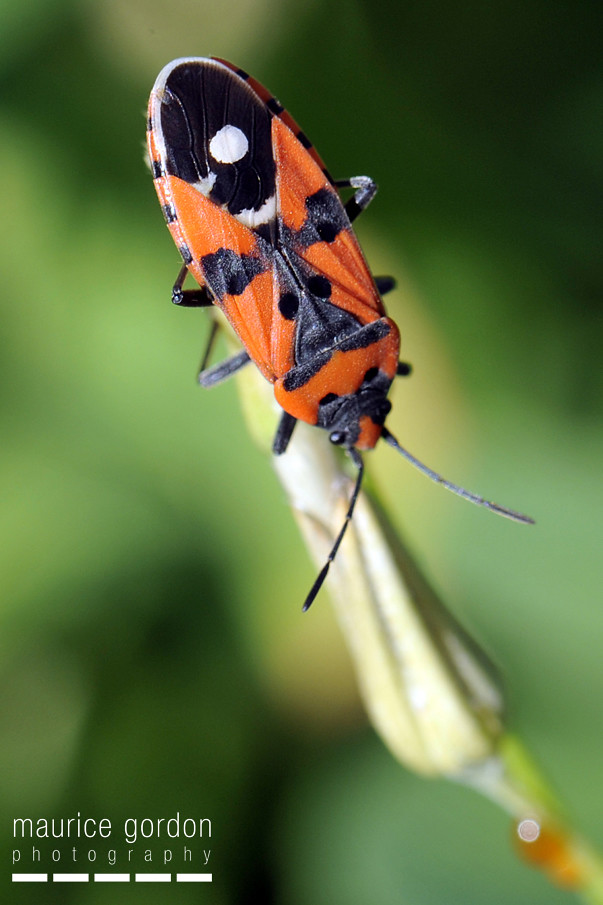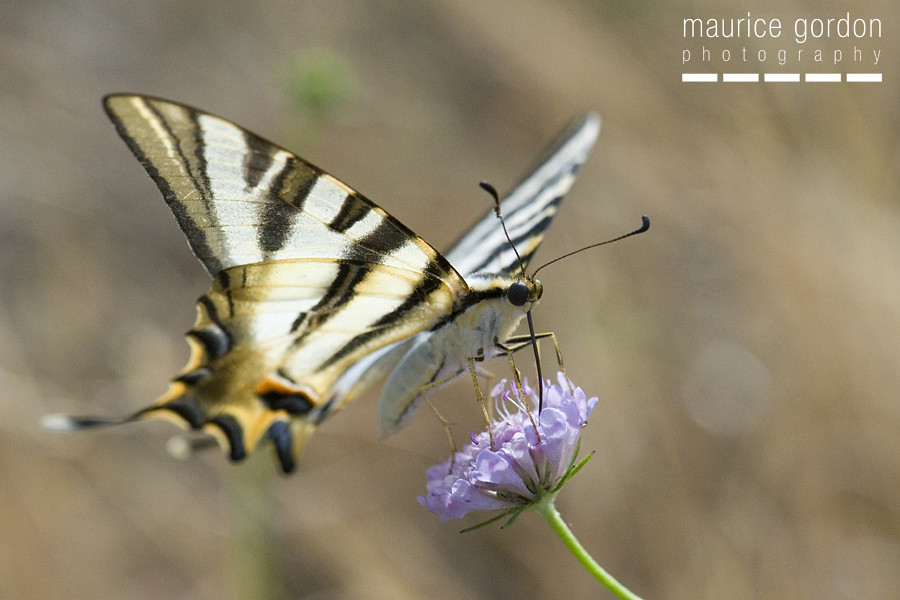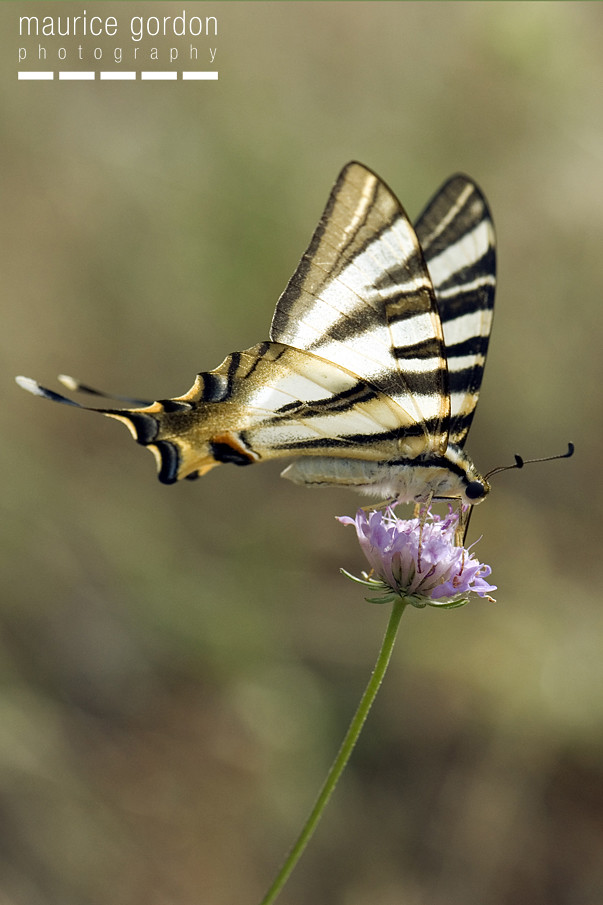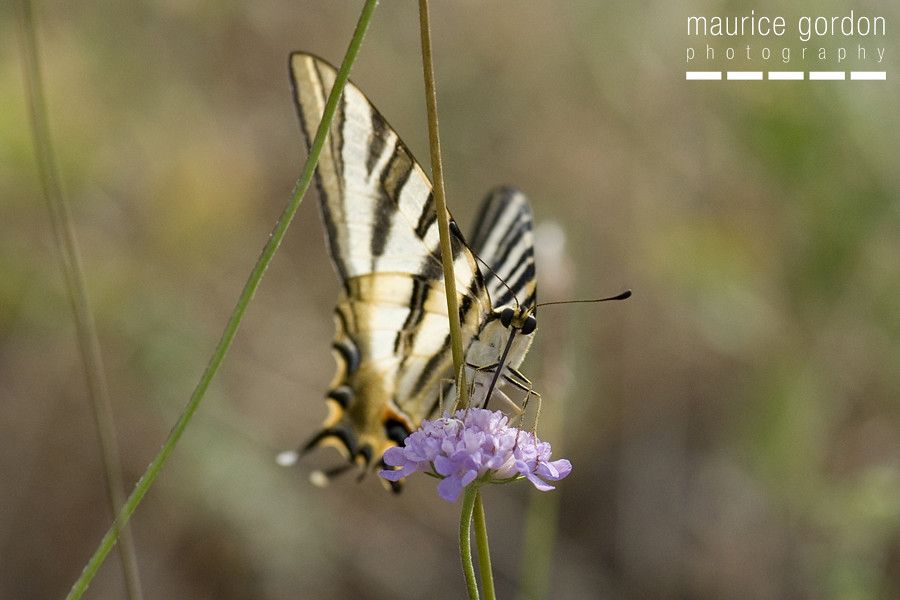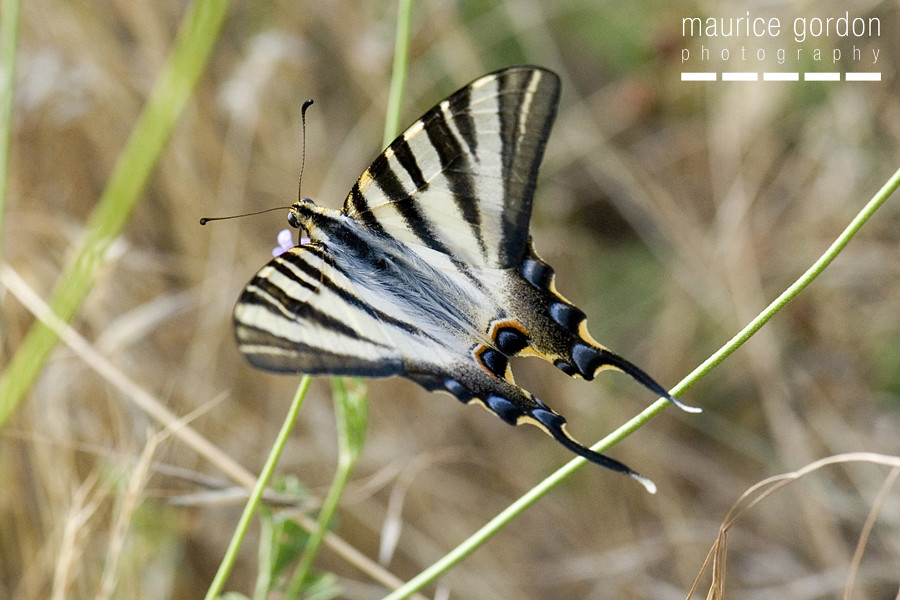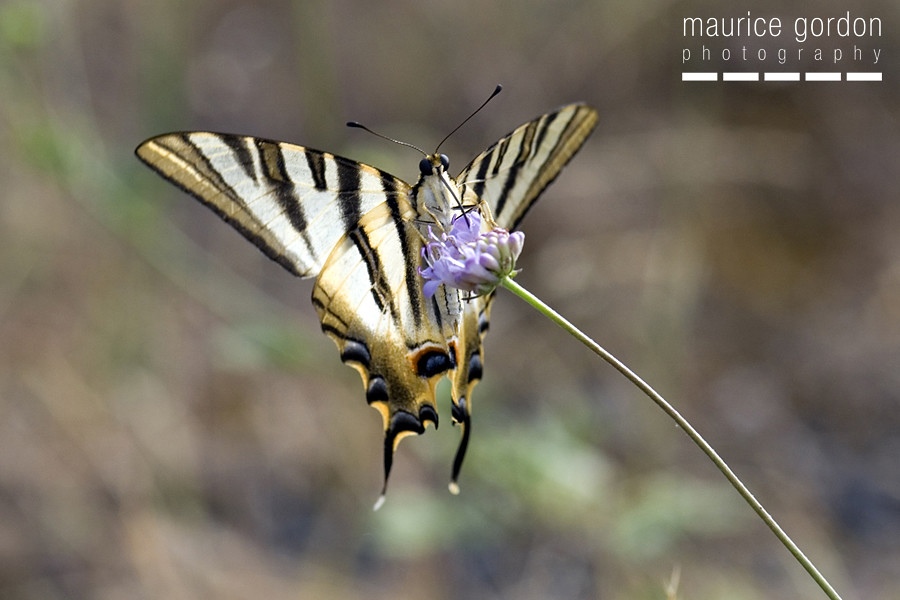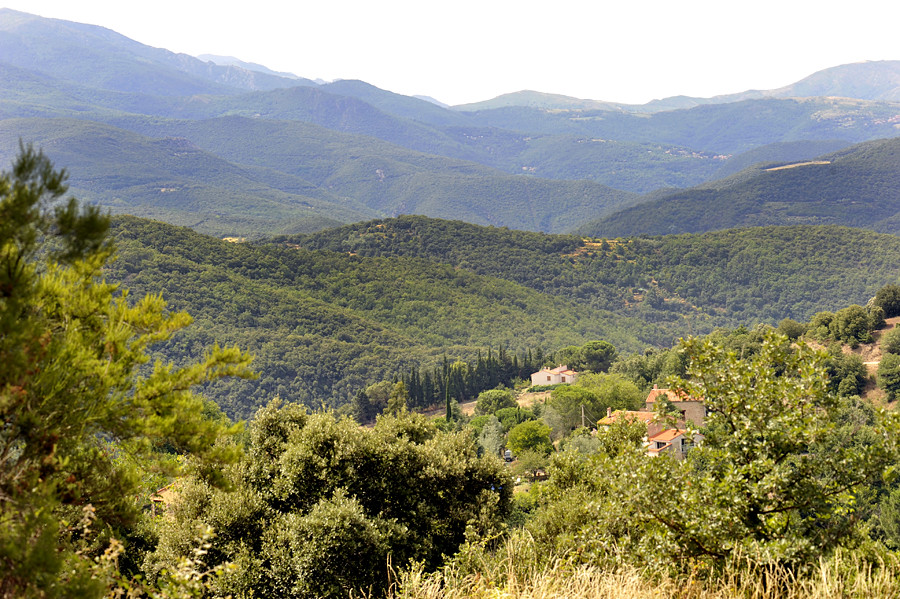
Above the view down on to Céret from one of the tracks up in the Pyrénées-Orientales region. Not as tall as the Haute Pyrénées I found travelling a long way up at this time of year didn't seem to make too much difference to the butterfly species I encountered - apart from tantalising glimpses of Camberwell Beauties. Plus many drivers seem to hurtle down the mountains on the wrong side of the already narrow roads! It wasn't a dedicated wildlife holiday, so I just winged it exploring a few different areas. I admit I did no research whatsoever hoping to see whatever I could see. The complete lack of birds was a bit of a surprise though even bearing in mind July and August are the quieter months of the year. There are masses of invertebrates as a food source and the display of Raptors above the motorways is very impressive. Next time we travel in Europe I may do some planning first!
The False Ilex Hairstreaks are very common everywhere up in the mountains. In this part of France in August I am pretty sure my sightings are False Ilex Hairstreak (Satyrium esculi) and not the very similar Ilex Hairstreak
(Satyrium ilicis). These butterflies are very docile not seeming to want to fly much. I wasn't necessarily expecting Purple Hairstreak particularly as I encountered them very low to the ground in good numbers, possibly escaping the heat? They were in the location pictured above. In the UK sightings are usually high up in Oak and Ash trees. The Purple Hairstreak larval food plant is Oak and the large Oaks you see in the UK are absent. There are clearly different mediterranean Oak species the Purple Hairstreaks can use. The presence of Oak Yellow Underwing moths in the area would rather seem to confirm this not too hard to arrive at conclusion! :) The next time I visited the same location the Purple Hairstreaks were much higher up and it was only the one day they were low down and easy to see.
False Ilex next five images
Showing how docile they are, a butterfly I picked up on a rock by a stream
Purple Hairstreaks below
Is it Oak? Looks a bit like Oak!
Oak Yellow Underwing moth
Below a slightly unusual low down sighting I had of a female Purple Hairstreak up on the North Yorkshire moors a few years ago showing a flash of colour


